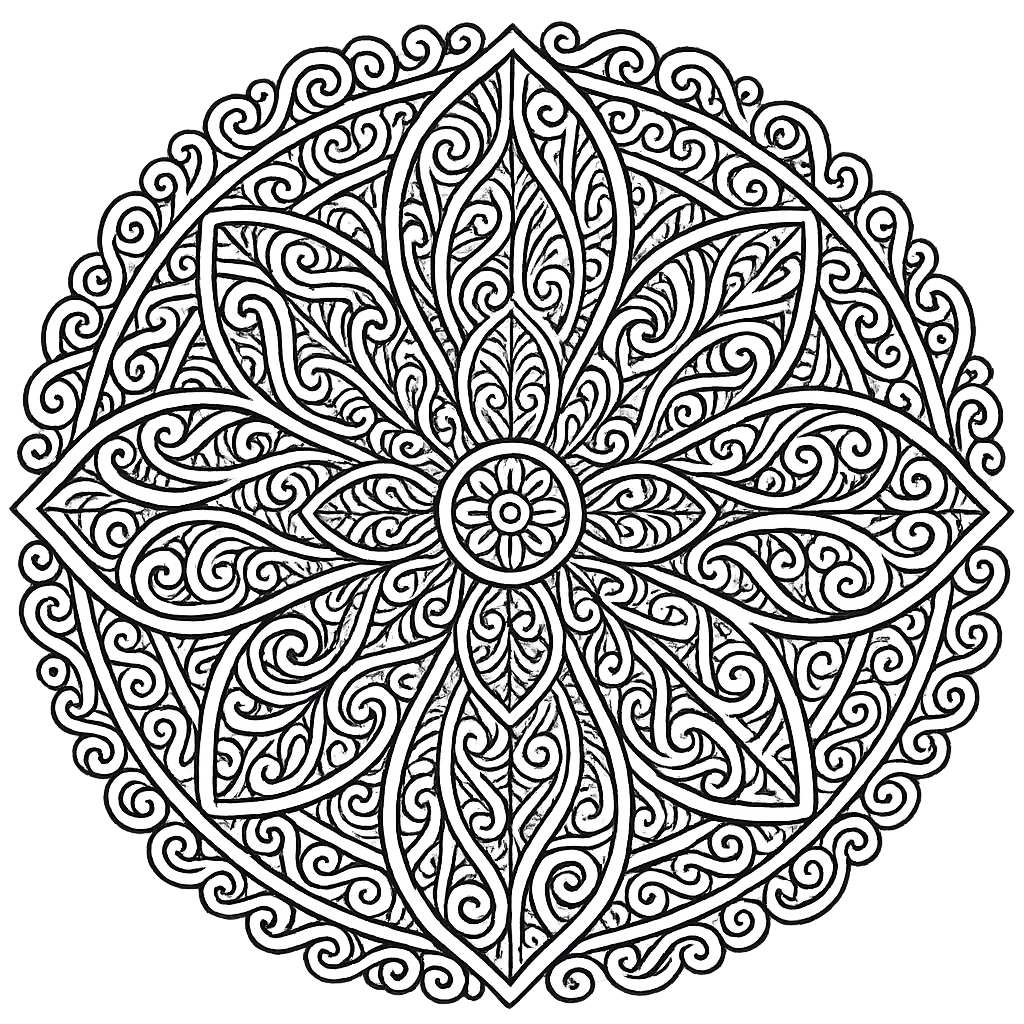Aotearoa must be more energy-efficient
Ōtautahi - As the days get longer and summer draws near there are many things to look forward to, including smaller power bills and smarter energy use.
Winter months represent peak electricity use in New Zealand, particularly in the mornings and evenings as we all turn on heaters, our lights are on longer and we generally spend more time indoors.
It’s these winter peaks that stretch our renewable electricity resources, keeping us reliant on fossil fuels to generate enough electricity to meet demand.
Currently around 80-85 percent of our electricity comes from renewable sources. To help Aotearoa get to net zero carbon emissions by 2050, New Zealand has a target to reach an average of 90 percent renewable energy by 2025.
An added challenge to consider is the increasing demand for electricity from projected population growth, electric vehicles and the electrification of industry where energy needs are currently often met with fossil fuels.
The solution is a combination of increasing our renewable electricity generation capacity such as new wind farms and being smarter about using electricity with energy-efficient technologies and shifting some energy use to off-peak times.
New smart home technology that is expected to be available in New Zealand next year will help keep electricity use and power bills down in Kiwi households, while also managing pressure on the national electricity grid.
For households with a power-hungry energy, there is extra incentive to hook up to smart home technology because of the potential cost savings. Government agency EECA has a report Publicly Available Specifications for smart homes, to guide householders and retailers until the new market is regulated.














Lisa was born in Auckland at the start of the 1970s, living in a small campsite community on the North Shore called Browns Bay. She spent a significant part of her life with her grandparents, often hanging out at the beaches. Lisa has many happy memories from those days at Browns Bay beach, where fish were plentiful on the point and the ocean was rich in seaweed. She played in the water for hours, going home totally “sun-kissed.” “An adorable time to grow up,” Lisa tells me.
Lisa enjoyed many sports; she was a keen tennis player and netballer, playing in the top teams for her age right up until the family moved to Wellington. Lisa was fifteen years old, which unfortunately marked the end of her sporting career. Local teams were well established in Wellington, and her attention was drawn elsewhere.